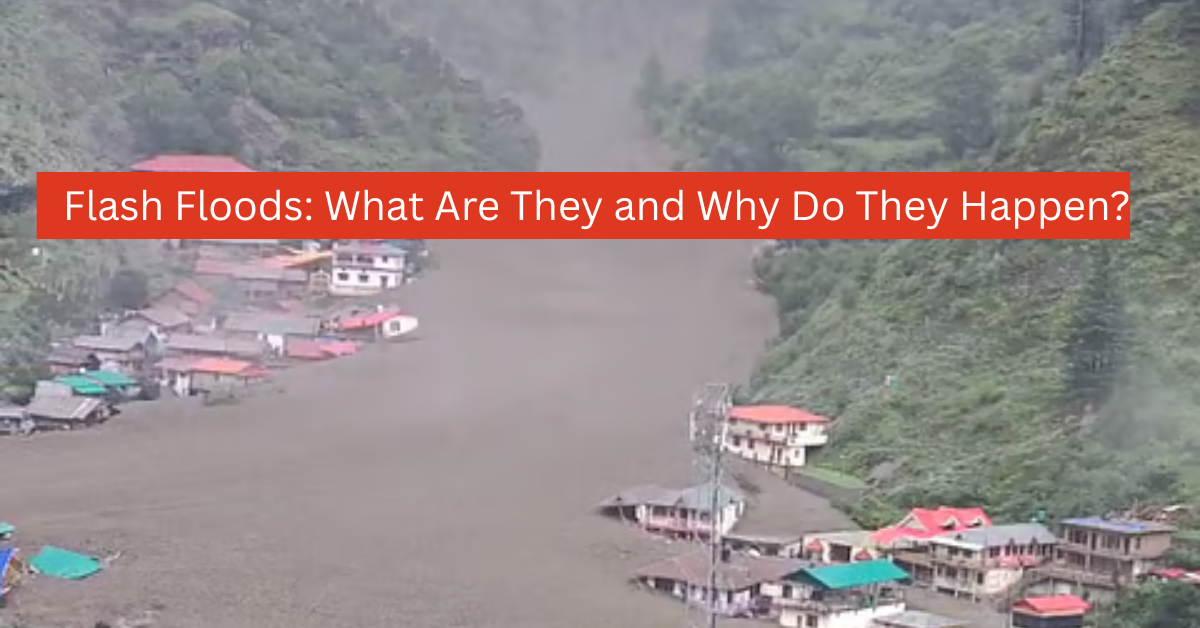A flash flood is a sudden, fast-moving surge of water that inundates low-lying areas, often with little or no warning. Unlike typical river floods that develop over days, flash floods can occur within minutes or hours after heavy rainfall or another trigger. This rapid onset makes them one of the most dangerous types of natural disasters, able to sweep away people, vehicles, and structures in their path.
How Do Flash Floods Occur?
The most common reason for a flash flood is a short period of extremely heavy rain, particularly during strong thunderstorms or intense downpours. When so much rain falls in a short time, the ground cannot absorb it quickly enough. Water then flows over the surface, filling rivers, streams, and urban drains at a rate that can cause them to overflow.
Key Causes of Flash Floods
- Heavy Rainfall: A brief, but intense, spell of rain can produce more water than the soil and drainage systems can handle. This often happens during severe storms, monsoons, or cloudbursts.
- Dam or Levee Breaks: The failure of a man-made dam or levee can release a massive volume of water downstream, flooding areas almost instantly.
- Rapid Snowmelt: In mountainous or colder regions, sudden warm weather or rainfall on snow can cause large amounts of melting, leading to a flood of water in the valleys below.
- Urban Environments: Cities are especially at risk because concrete and asphalt surfaces prevent rain from soaking into the soil. Rainwater quickly runs off into streets and drainage, which can flood in a very short time.
- Steep Terrain and Burned Land: Mountainous areas or places recently hit by wildfires are prone to flash floods. In burned areas, the soil may repel water, leading to even quicker runoff.
Why Are Flash Floods So Dangerous?
Flash floods can transform dry areas into rushing streams almost instantly. Their speed and force can catch people off guard, sweep away vehicles, and cause significant property damage. Because they strike with little notice, there is often less time to take precautions or evacuate, making flash floods especially hazardous.
Flash floods are a rapid and powerful type of flooding typically caused by intense rainfall, sudden dam breaks, snowmelt, or poor drainage in cities and steep landscapes. Awareness and preparedness are the best defenses against this unpredictable natural hazard.
What kind of precautions can be taken?
During a flash flood, stay informed through weather updates and heed official warnings. Never try to walk or drive through flowing water, as even a small amount can be hazardous. Head for higher ground right away. Keep emergency supplies—like water, food, and a flashlight—within easy reach. If possible, secure important belongings and unplug electrical devices before leaving.
Once the flood passes, avoid contact with floodwater and damaged areas until they are declared safe. Quick action, alertness, and following guidance from authorities are critical for staying safe during flash floods.

